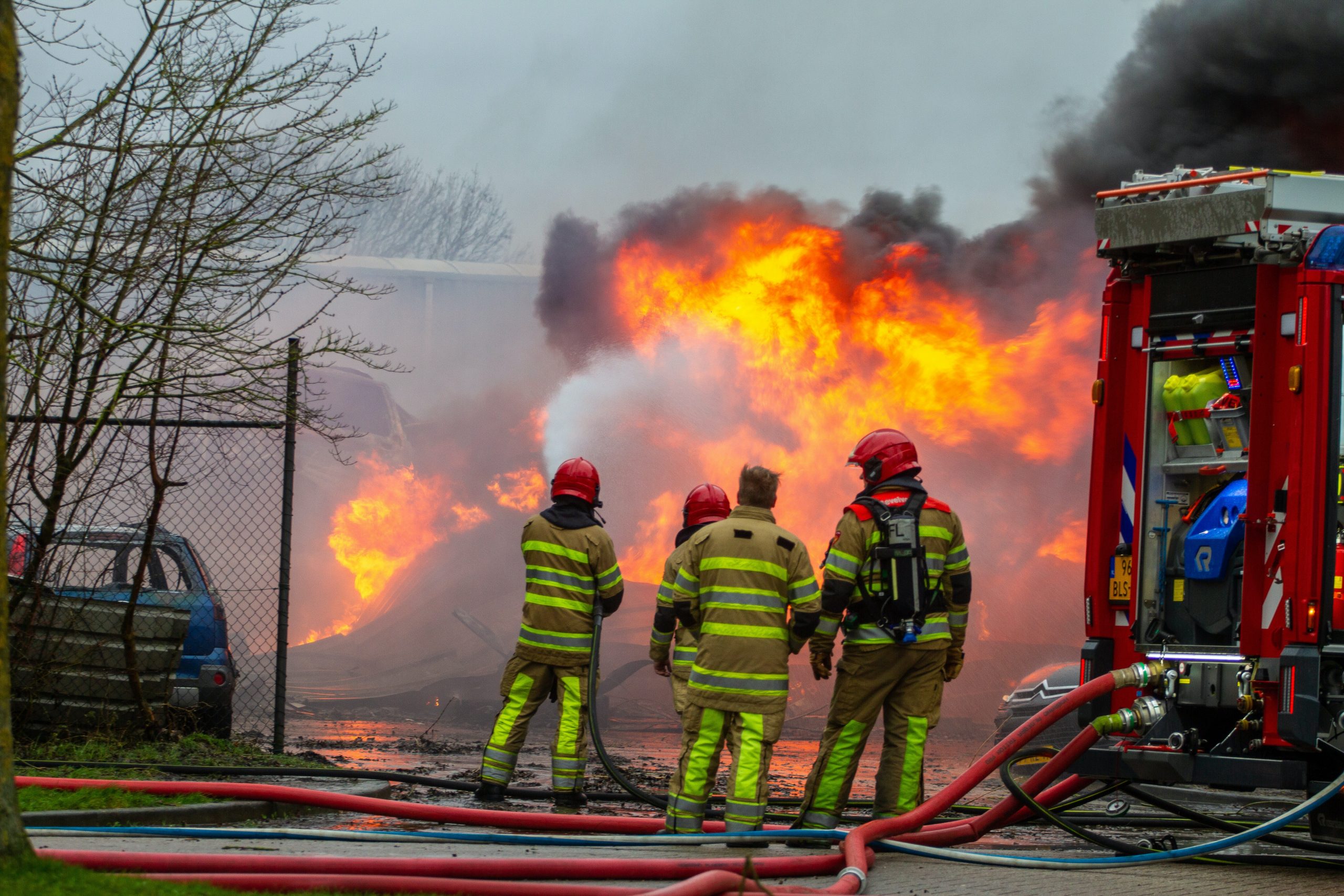
Did you know that this past October was National Fire Prevention Month? In just the past two years, recent fires have plagued our country and resulted in hazardous air conditions, leaving an overall threat to our homes and safety. Even though Southern California has been experiencing heavy rain throughout November, our fellow Southern California residents will never forget the damage those wildfires caused. The by-products of these wildfires leave visibly smelly stains in the form of smoke and soot. However, it’s what you don’t immediately see that presents the greatest health hazard.
What is Smoke?
Smoke is produced when there is incomplete combustion, meaning there was not enough oxygen present to burn the fuel completely. In other words, not everything was burned. The smoke itself is made up of tiny solid, liquid and gas particles. Visible smoke is usefully comprised of carbon (soot), tar, oils, and ash. This chemical composition explains why smoke inhalation is the primary cause of death in victims of indoor fires – the smoke kills by airborne poisoning.
What is Soot?
Soot is a byproduct of burning carbon-based products. It is essentially a mass of impure carbon particles, comprised of a variety of pollutants. After a fire, there can be sticky black soot clinging to window sills, horizontal surfaces, and even walls. Soot enters the environment either as a solid or a gas, which then turns into an airborne particle after it has been released. These particles can end up far away from their point of origin, due to its extremely small size.
The Dangers of Smoke and Soot
Smoke and soot can cause negative health issues, such as shortness of breath, respiratory issues, bronchitis, stroke, heart attack, and even cancer. Soot is so tiny that it can easily penetrate one’s lungs and cause heart disease, asthma, bronchitis, and many other respiratory illnesses. In addition, the acidity from soot can combine with moisture to cause acid rain. With indoor fires, the inhalation of smoke can easily lead to death from overexposure to carbon monoxide (CO2). Most of all, the real danger of smoke and soot is their tiny size, which allows them to travel several miles from their original combustion location, following a fire.
What should you do?
Do not attempt to remove the smoke and soot by yourself, unless there is a professional present. Hiring a professional is necessary to thoroughly clean your facility of smoke, soot, odors, and any other pollutants. You need knowledgeable environmental experts familiar with various types of combustion by-products, who can clearly define the assessment and testing strategy appropriate for your situation.
How A-Tech Can Help
At A-Tech Consulting, we are those experienced experts, and we want to make your smoke & soot problems easy for you! Our team of experts will address your smoke and soot needs, so you’ll know confidently that your home/building is fully safe. Contact us today for detailed information about our services or schedule a consultation to have your buildings tested!
References:
National Fire Protection Association https://www.nfpa.org/
An Overview of the U.S. fire problem https://www.frontierfireprotection.com/overview-us-fire-problem/
Soot Pollution 101 https://www.americanprogress.org/article/soot-pollution-101/
Soot Education https://energyeducation.ca/encyclopedia/Soot
An understanding of smoke https://www.sciencelearn.org.nz/resources/748-what-is-smoke



